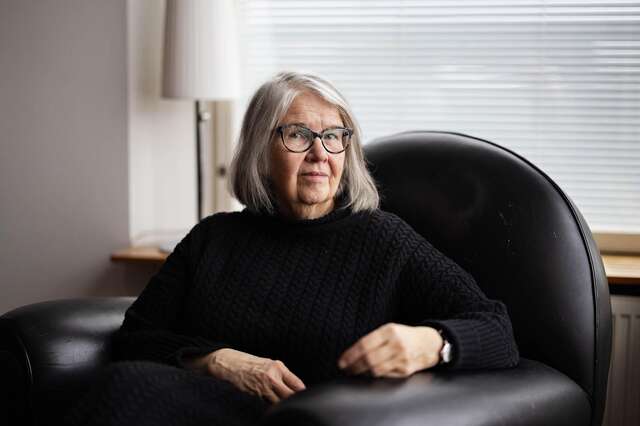Finnish Architects in the Spotlight: Collaboratorio
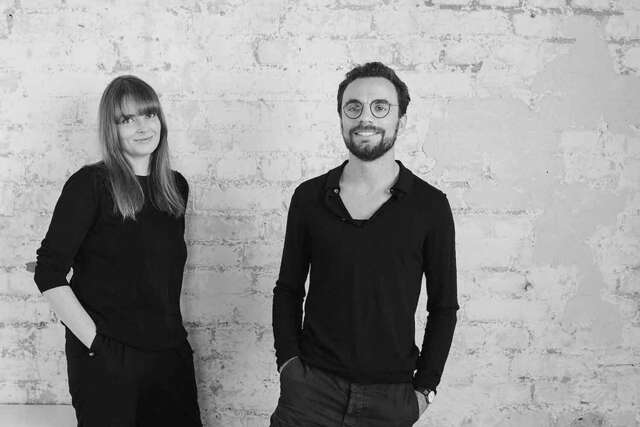
Collaboratorio
This time, our spotlight shines on an investigative architectural practice that relies on natural materials and carefully considered choices. The Helsinki-based international office seeks to renew Finnish building culture.
Architects Kristiina Kuusiluoma and Martino De Rossi wanted to work in architecture according to their own values. In 2016, Collaboratorio, a collaborative architectural practice inspired by traditional architecture and specialising in natural materials, was born.
The Helsinki-based office, also designing internationally, emphasises holistic and considered choices in its work: "The construction of a new building always has a significant environmental impact, so at Collaboratorio every choice – especially material choices – is carefully considered, taking into account their varied impacts on nature, climate and people."
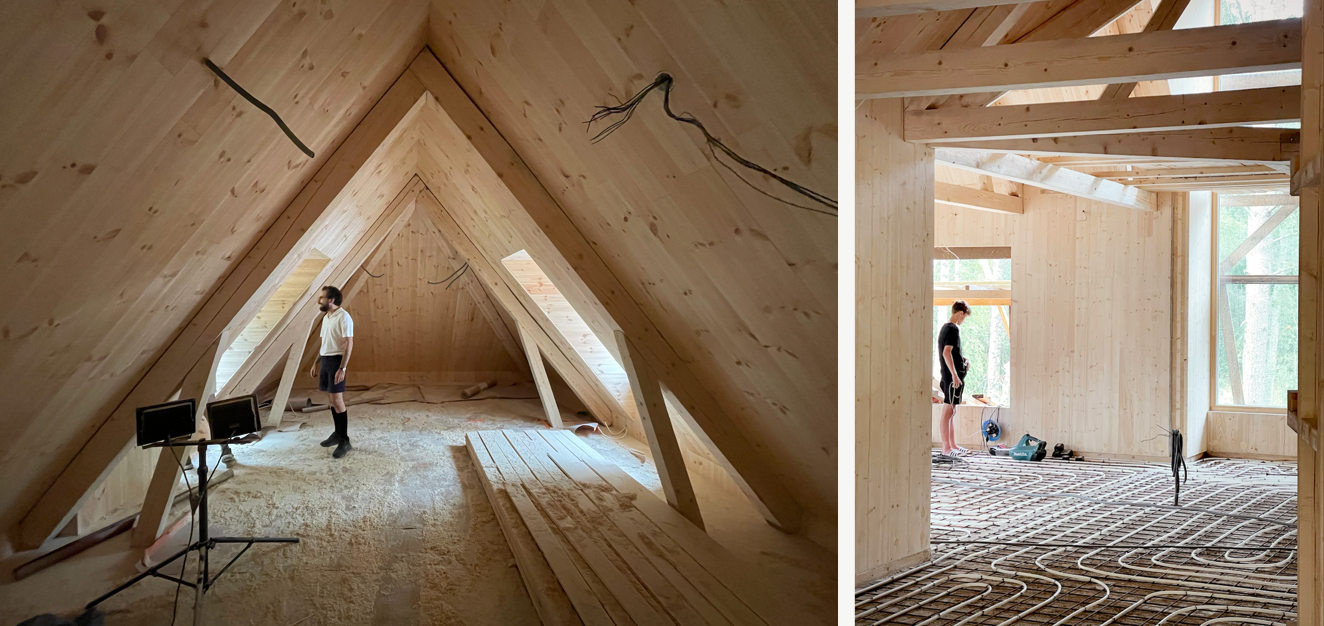
Collaboratorio's latest projects include the winning work of the Asuntoreformi 2018 architecture competition, Kuokkalan Kalon, in Jyväskylä, and the private house Villa Koppar, built from prefabricated straw elements, which will be completed this year. The office, designing residential architecture and educational buildings, has also stepped into furniture design and is actively involved in the development of more ecological building materials.
According to Kuusiluoma and De Rossi, projects develop naturally when there is a high-quality and transparent working process behind them. "A successful building is not made by just one architect, but rather requires the cooperation of many parties and the ability to combine different views," says Kuusiluoma, "In the case of Villa Koppar, for example, all parties knew from the start that they had common goals: sustainability, practicality and aesthetics." Collaboratorio's task remains to combine the common goals and different views into a functional whole.
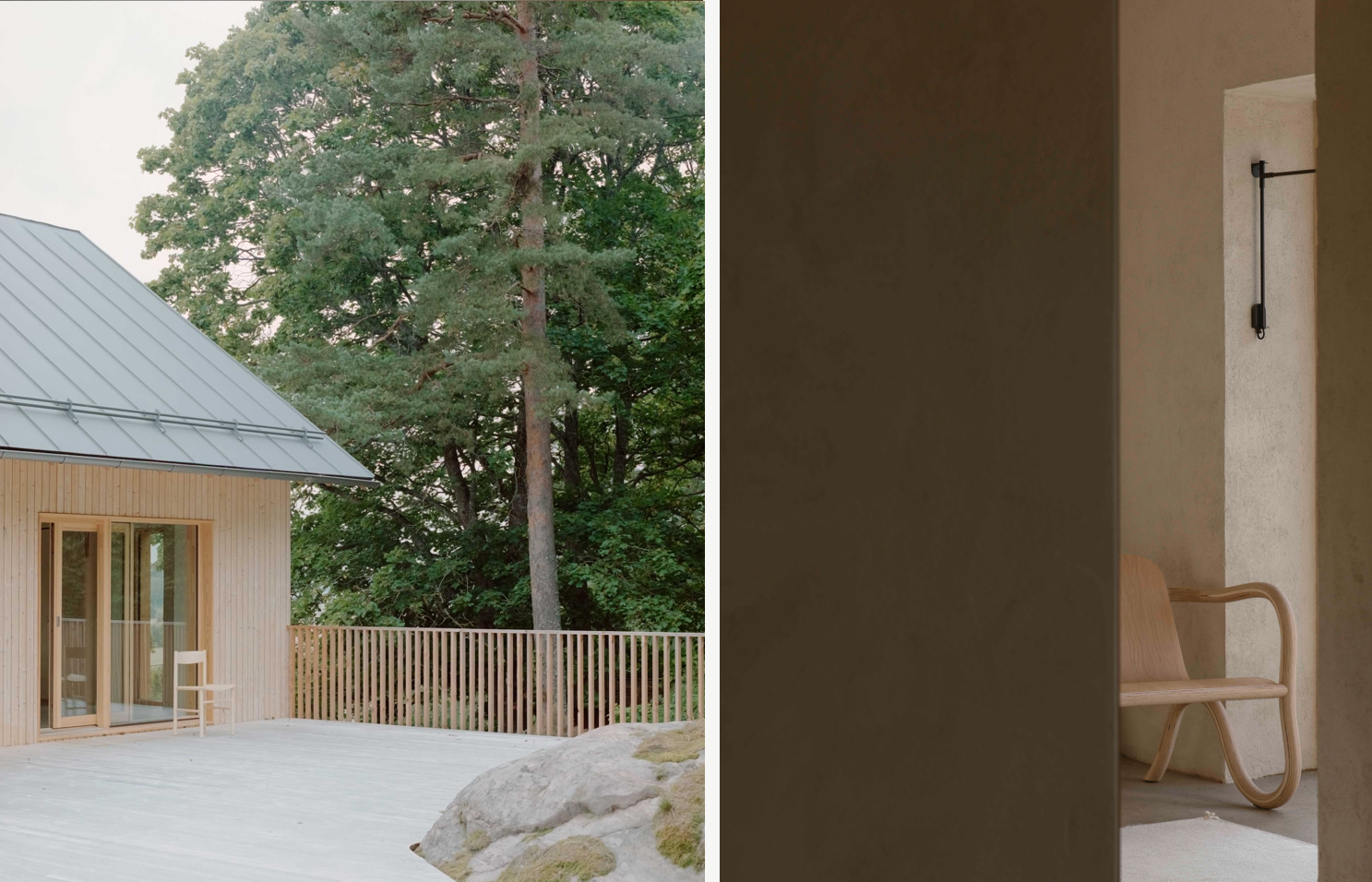
Collaboratorio describe themselves as a research-oriented architectural office. This research is reflected in the use of materials and innovation, as well as in their day-to-day work and in the reasoning behind their choices. "The work of an architect is special because it is visual and visible," says De Rossi, pointing out that architects' work is evaluated by many, even those who are not familiar with the field. "Therefore, the most important task of an architect is to justify each choice carefully and coherently." Choices must be explained to both clients and other parties involved in the project: an architect must be able to distill even complex solutions into a clear form based on their knowledge and research.
In addition to bio-based materials such as wood and straw, Kuusiluoma and De Rossi have added unfired clay to the architect's toolbox. Collaboratorio has been developing massive clay construction in collaboration with Vihdin Betoni since 2017. The cooperation has resulted in Luonnonbetoni, an ecological alternative to concrete, with carbon emissions around 3.5% of those from Finnish concrete. In Luonnonbetoni, the aggregates are bound by clay instead of cement.
"Architects have a big responsibility for what they build and how it affects the environment," says Kuusiluoma. Since building materials continue to account for a growing share of emissions in construction projects, Collaboratorio aims to stay up-to-date with new innovations and to develop even more eco-friendly solutions. Kuusiluoma and De Rossi emphasize the importance of architects being bold enough to suggest new, more sustainable options to their clients.
Materials naturally play a significant role in Collaboratorio's operations – both in terms of research and innovation and in the distinctive characteristics of the architecture they create. Material choices often drive the whole design process from the very beginning. For example, the use of massive clay or straw walls influences the shape and structure of a building, shaping the structure around the material. "Materiality brings a deeper dimension to architecture," De Rossi sums up.
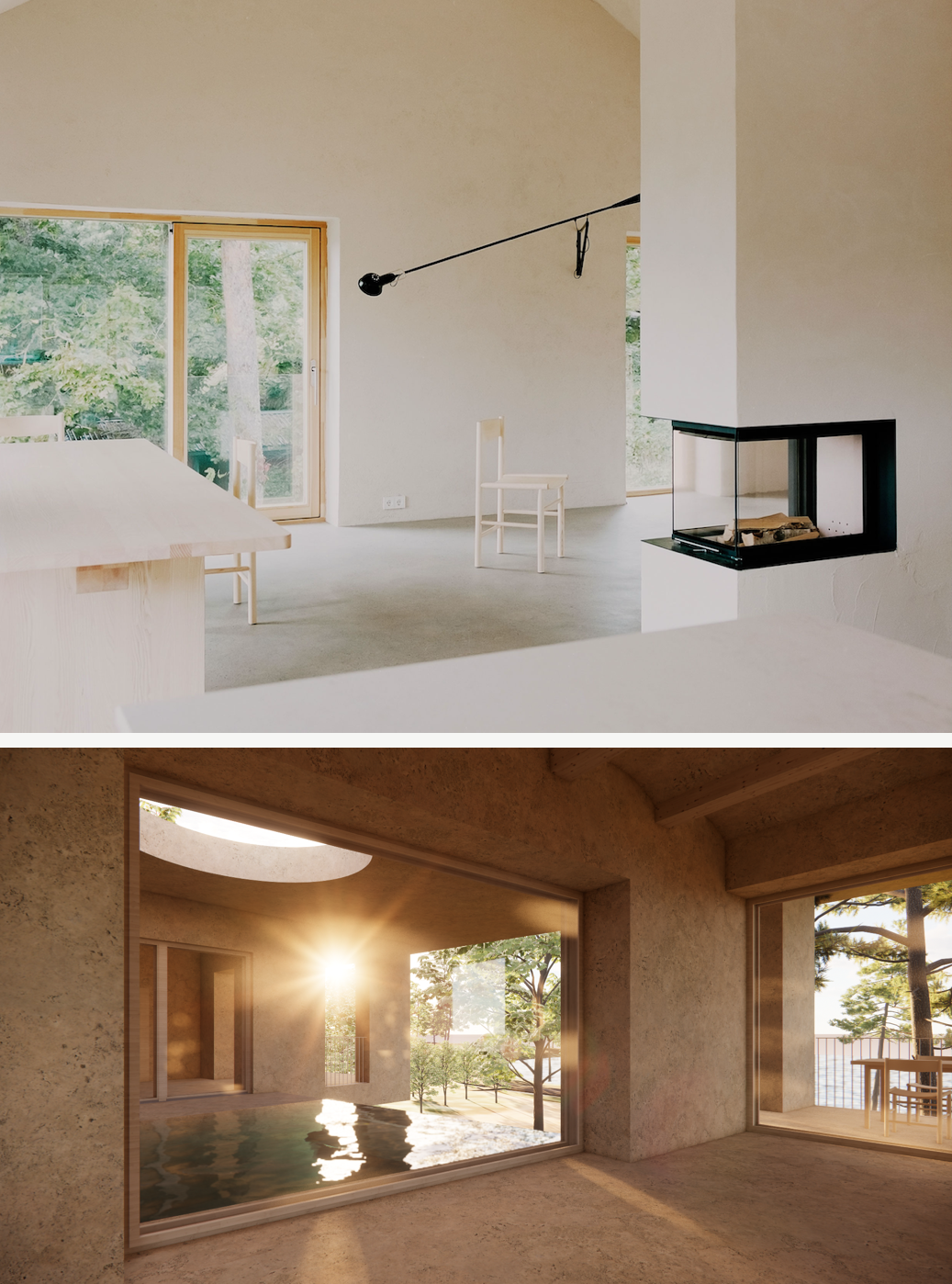
One of the agency's goals is to renew Finnish building culture. The duo hopes that in the future, the architecture field will more boldly embrace new, genuinely ecological solutions. Currently, the office is working on the pilot project Villa Elisabet, which involves developing element walls and slabs made from surplus soil and gravel. "One of the dream projects we are working on is an atrium house built entirely from surplus and recycled clay and stone. For us, its realisation would be a major step towards our vision of natural and sustainable architecture," Kuusiluoma and De Rossi say.
"We wish Finland would be a bit more courageous in experimenting with natural, but high-performance materials and new ways of building with them, also in more demanding projects. It always takes a client who dares to be the first to change the old way of doing things!"
Find out more about Collaboratorio on their website.
Finnish Architects in the Spotlight invites architects or architectural practises to share their values and design principles through images and short texts. See Collaboratorio’s photo series on Instagram through this link.
All posts featured in the Finnish Architects in the Spotlight series can be found on Instagram by using the tag #FinArchSpotlight and all articles through this link.


